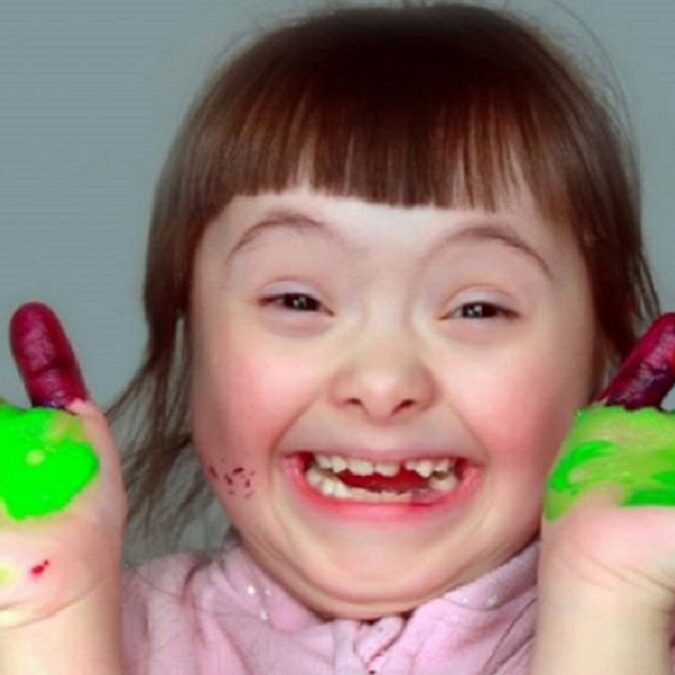
This is often true for conditions such as heart issues, hand and foot anomalies. Many children with Down syndrome are also diagnosed with a variety of secondary conditions that are present at birth and can be treated when your child is young. A team of expert clinicians - including world-class surgeons and physicians, pediatric nurses, physical and occupational therapists, psychologists and other specialists - will partner with you in the care of your child. Treatment is ordered when certain issues - such as heart problems, muscle weaknesses or spinal curvatures - occur and need to be treated.Īt Children’s Hospital of Philadelphia (CHOP), we practice collaborative, family-centered care. Unlike a CT scan, EOS images are taken while the child is in an upright or standing position, enabling improved diagnosis - for some conditions - due to weight-bearing positioning. EOS imaging, an imaging technology that creates 3-dimensional models from two planar images.Computed tomography (CT) scan, which uses a combination of X-rays and computer technology to produce cross-sectional images ("slices") of the body.Magnetic resonance imaging (MRI), which uses a combination of large magnets, radiofrequencies and a computer to produce detailed images of organs and structures within the body.Blood tests, which can help determine drug usage and effectiveness, biochemical diseases and organ function.Genetic testing, in which a sample of your child’s saliva is used to identify your child’s DNA.Once a diagnosis is made, additional testing may be ordered to help clinicians better understand how Down syndrome may affect your child and help spot any early complications from the disorder. Doctors will ask you for a thorough family medical history, do a physical exam of your child, and analyze your child’s chromosomes. If your child was not prenatally diagnosed with Down syndrome, diagnosis usually begins at birth based on your child’s physical appearance. For amniocentesis, a needle is inserted through the mother’s abdominal wall into the amniotic sac and a small sample of amniotic fluid is drawn out and tested in a laboratory. Tests to confirm Down syndrome are often done before a baby is born through amniocentesis or chorionic villus sampling (CVS). Problems in any of these areas can affect your child's development and behavior. Developmental disabilities (learning disabilities, intellectual disabilities and autism).Speech apraxia (difficulty making speech sounds).

Spine disorders such as scoliosis, kyphosis or lordosis.The disorder was first identified in 1866 by John Langdon Down, a British physician, and later named after him.Īs your child with Down syndrome grows, he is at greater risk for certain medical problems and may develop:

Trisomy 21 is the most common of the three, occurring in 1 out of every 691 births. Other examples of trisomies occur at position 13 and 18.

Babies with Down syndrome however, end up with three chromosomes at position 21, instead of the usual pair. Most babies inherit 23 chromosomes from each parent, for a total of 46 chromosomes. Trisomy 21 is the most common chromosomal anomaly in humans, affecting about 5,000 babies born each year and more than 350,000 people in the United States.Īlso known as Down syndrome, trisomy 21 is a genetic condition caused by an extra chromosome.


 0 kommentar(er)
0 kommentar(er)
